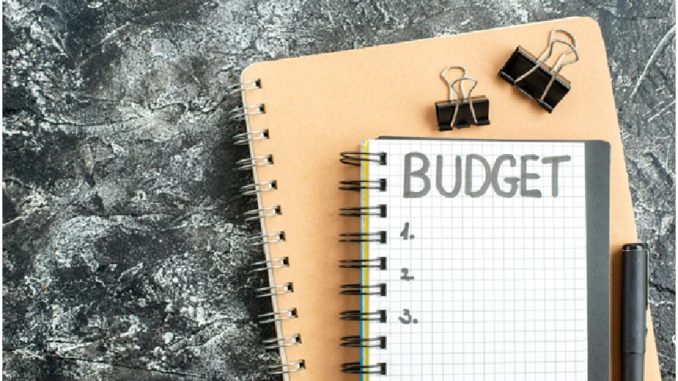
Financial independence is about earning money and handling it well to ensure stability ahead and during crises. Financial stability starts with understanding where your money goes, and this is where monthly budget planning comes into play. A well-structured plan helps you track your income, allocate funds to expenses, and work towards your future financial goals. Whether you are saving to build a home or fund your business, a monthly budget is the first step towards financial well-being. Scroll down to create a monthly budget plan that works for you. In case of unexpected expenses, using an instant loan app in India can offer quick and convenient financial support without disrupting your budget.
Steps To Create A Monthly Budget Plan
A monthly financial budget plan outlines your income and expenses for over a month.
Calculate Your Monthly Income
Budget planning begins with analysing your monthly income. Start by calculating your monthly income, whether in hand or your bank account. It could be the sum of your and your spouse’s monthly income or your other family members’ income. This income includes your salary, rental, freelance work, or other earnings. Use your net monthly income as a base for your budget planning. If you find gaps in your budget or need extra support for planned expenses, a personal loan for salaried individuals can help you manage without disrupting your financial stability.
If you are a freelancer, gig worker, contractor, or self-employed, and your income is irregular, keep track of your contracts and pay.
List Down Your Monthly Expenses
This includes fixed expenses such as house rent, mortgage, utility bills, EMIs, insurance premiums, subscriptions, and variable expenses like groceries, daily transportation, dining out, and other types of spending. Additionally, note all your emergency funds, retirement accounts, and other investments.
Categorise And Prioritise Expenses
Once you have listed all your monthly expenses, categorise and prioritise them. Create two columns: essential expenses and non-essential expenses. Prioritise your needs to ensure all your basic requirements are met, and keep aside money for your financial goals, such as a dream vacation or purchasing a home.
Your fixed expenses might include rent, utility bills, EMIs, etc., while your variable income may include entertainment and groceries.
Set Realistic Goals
Identify your goals and divide them into short-term and long-term financial goals. Short-term goals should take one to three years to achieve, while long-term goals, such as your child’s higher education and retirement savings, will take decades.
Track Your Spending
Tracking your spending regularly is essential for staying within the budget. You can use budgeting apps, Excel sheets, or a notebook to track expenses. If necessary, adjust your budget for the next month and consider areas where you can save more.
Leverage Budgeting Tools
Budgeting tools or financial planning apps can simplify the process, making managing your finances easier. These apps will help you estimate your monthly EMIs and add them to your monthly expenses.
Pick A Budgeting Method
There are several budgeting methods available that you can put into practice. Choose the one that works for you. Here are the types of budget methods:
- 50/30/20 Method: This is a universal method that works for everyone. It involves spending 50% on essential expenses, 30% on wants, and 20% on savings.
- Envelope Budget: People who struggle to control their spending can opt for this method. This involves assigning an envelope with the amount of cash you have allocated for that category.
- Zero Budget: People with a fixed monthly income are comfortable with record-keeping. This method says that your expenses equal your income. It just means that every penny you spend has a purpose you account for.
- Pay-Yourself-First-Budget: This method works for people who want to save more and can cover their needs without detailed record-keeping. With this method, you save a specific amount of money and then use the remaining for your necessities.
Review Your Budget Regularly
Reviewing your monthly budget plan regularly is important to remain on track. The inflation rate, salary increase, etc., might disturb your monthly planning, so it’s crucial to review it regularly to ensure financial stability.
Follow the steps above to create a monthly budget that works for you. Remember to be realistic in your budgeting.

Leave a Reply
You must be logged in to post a comment.